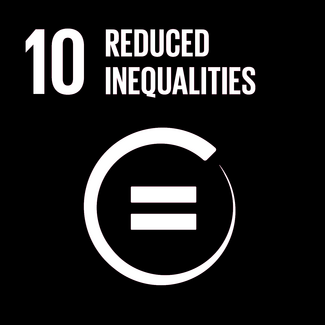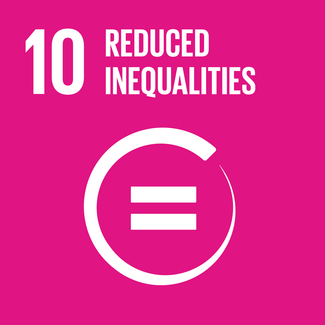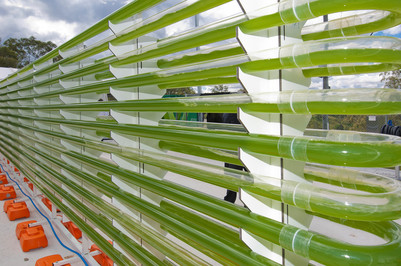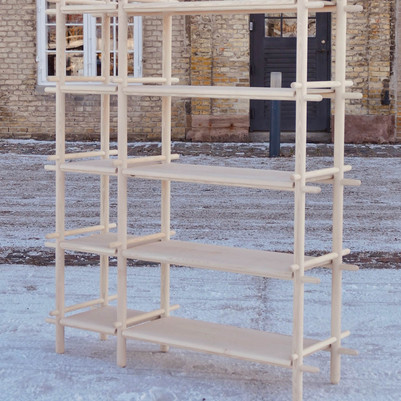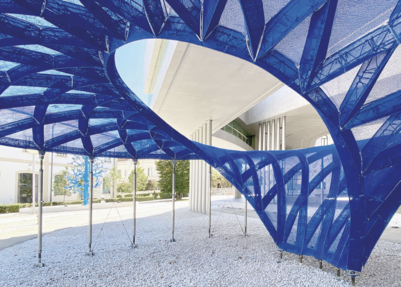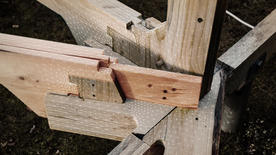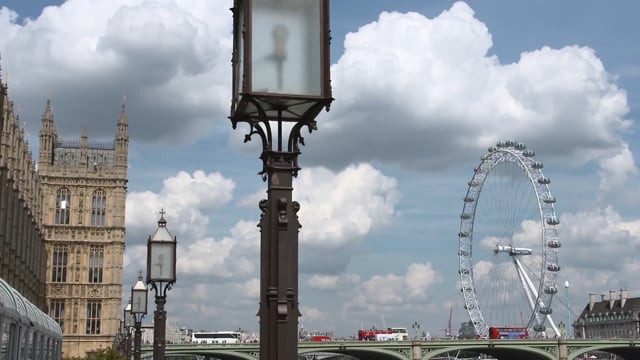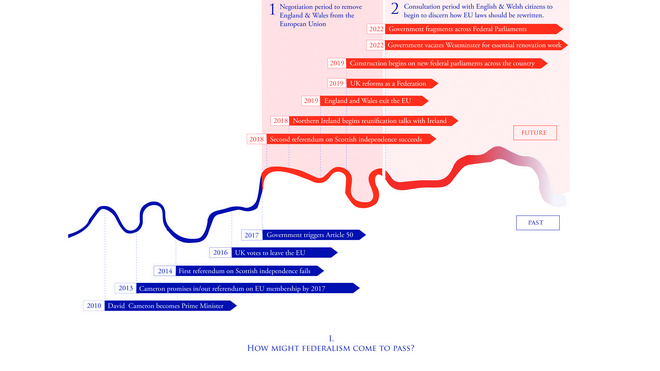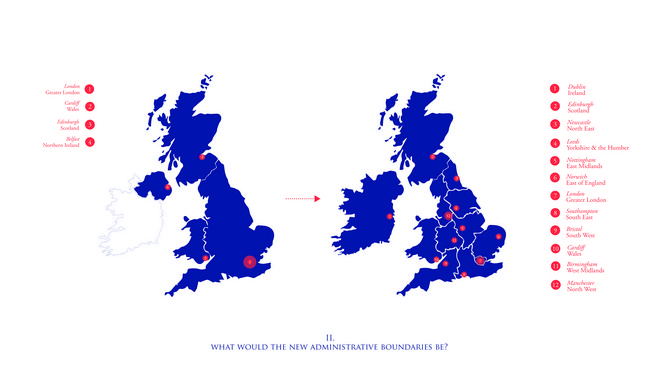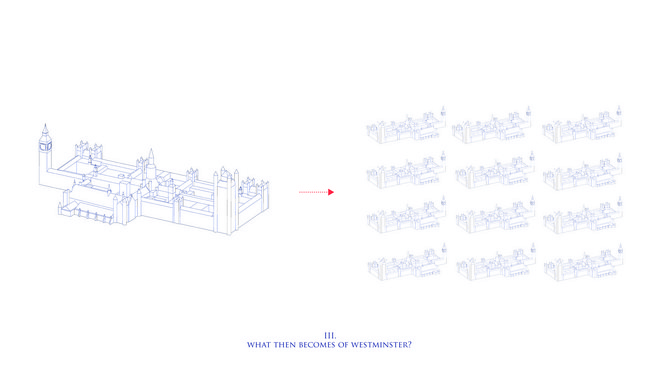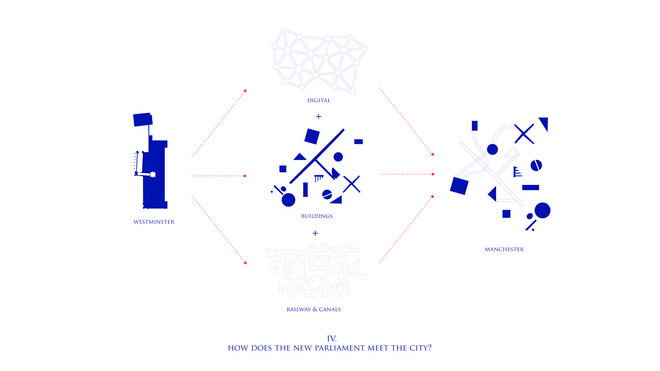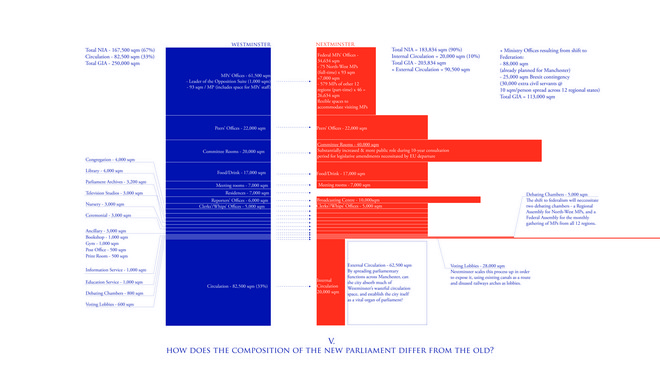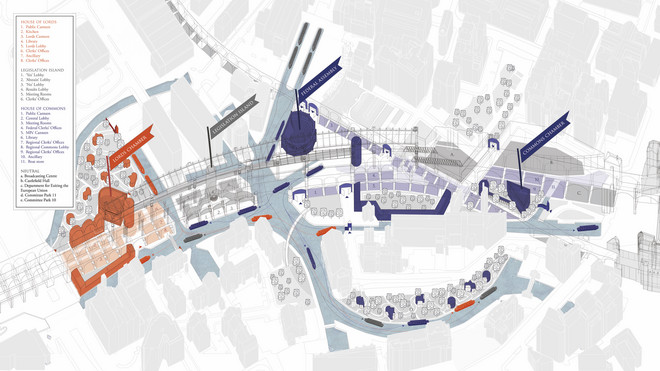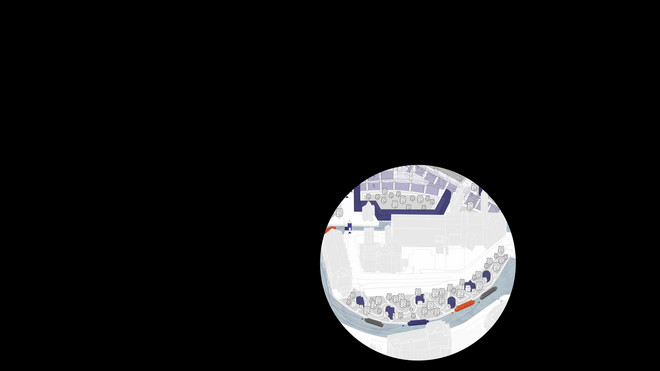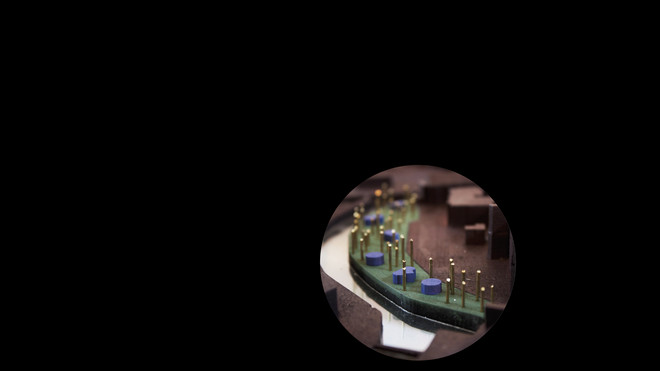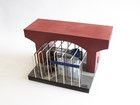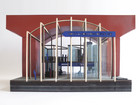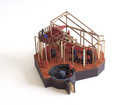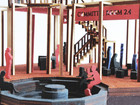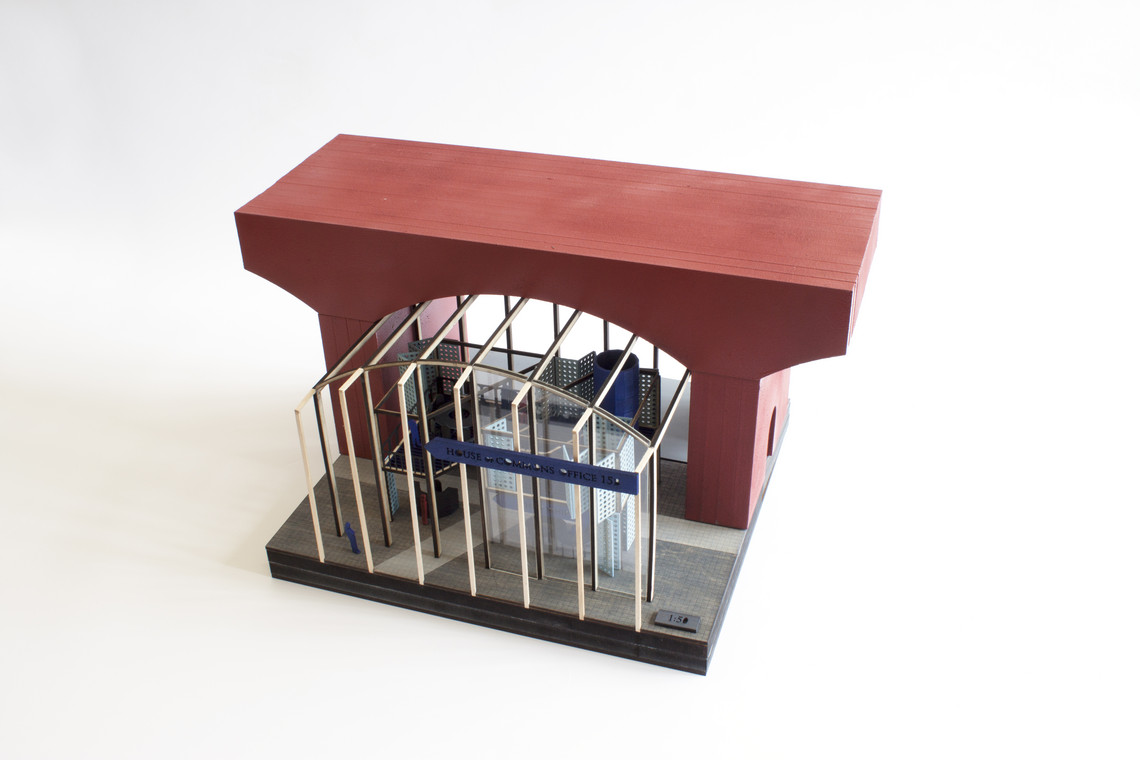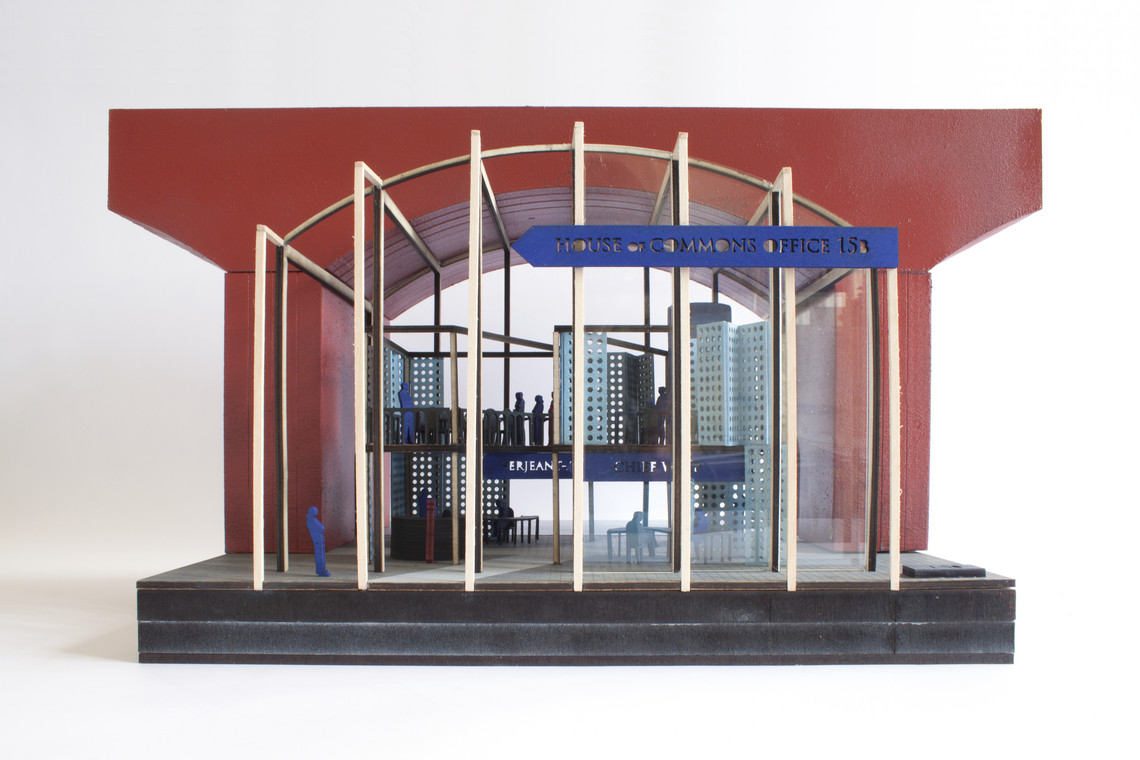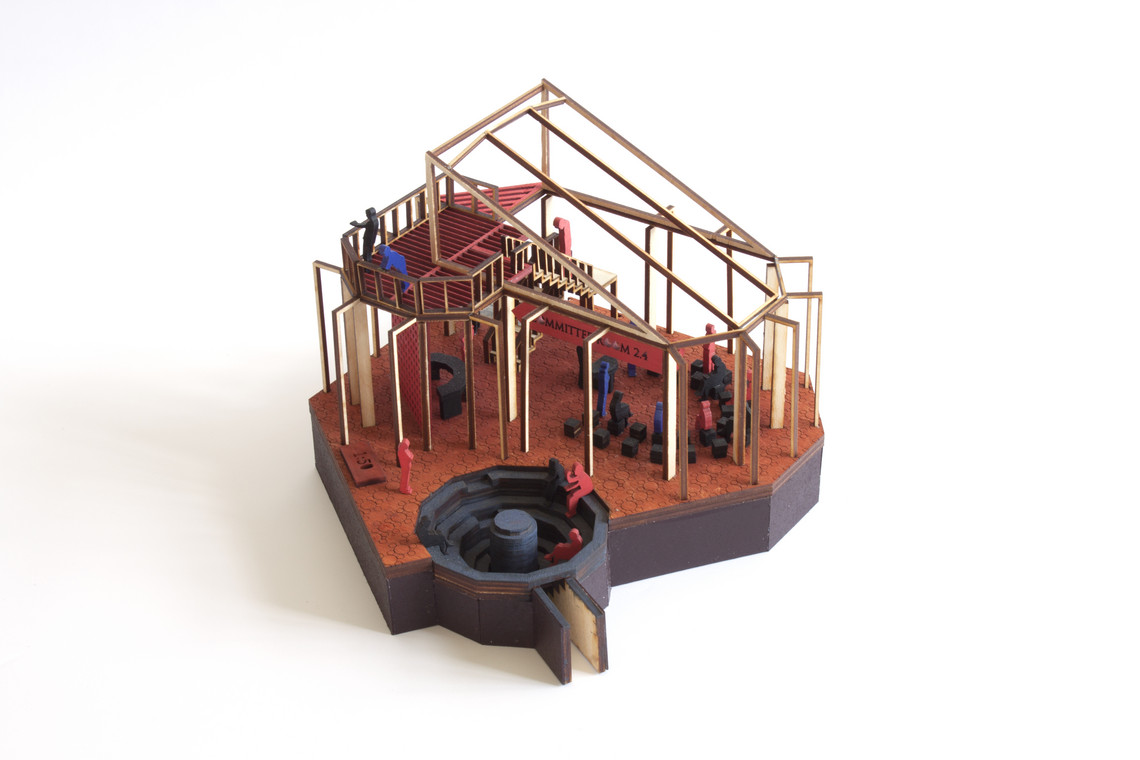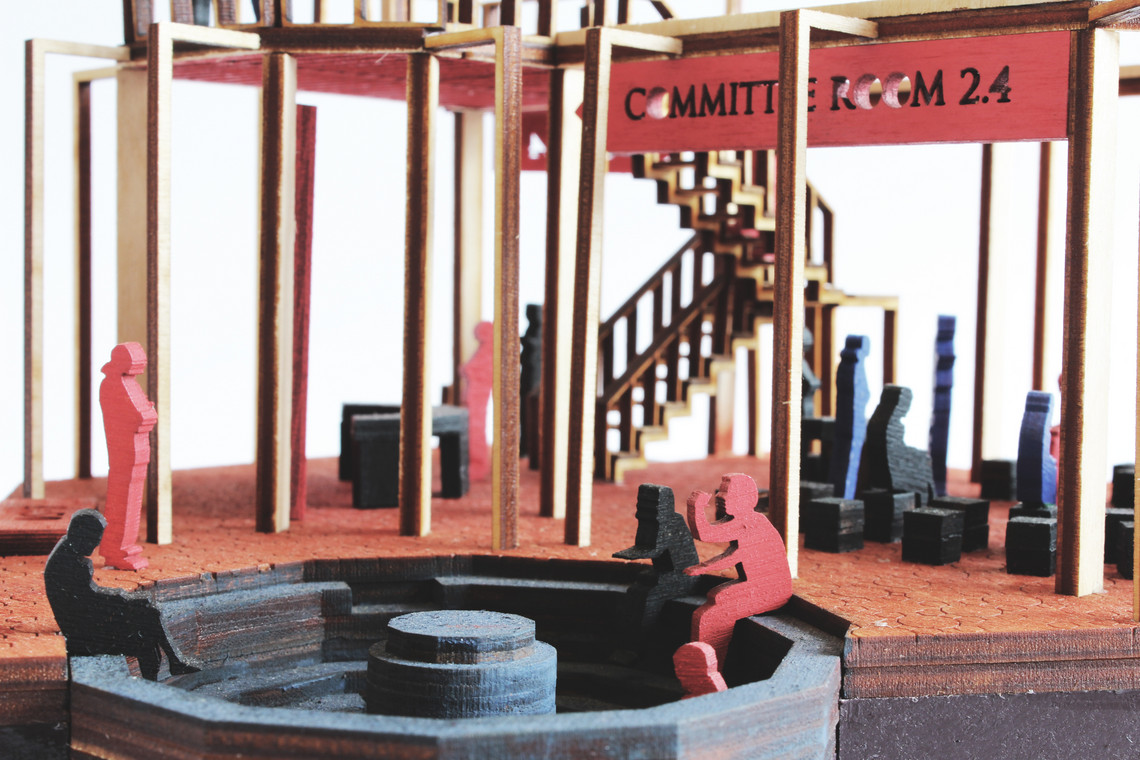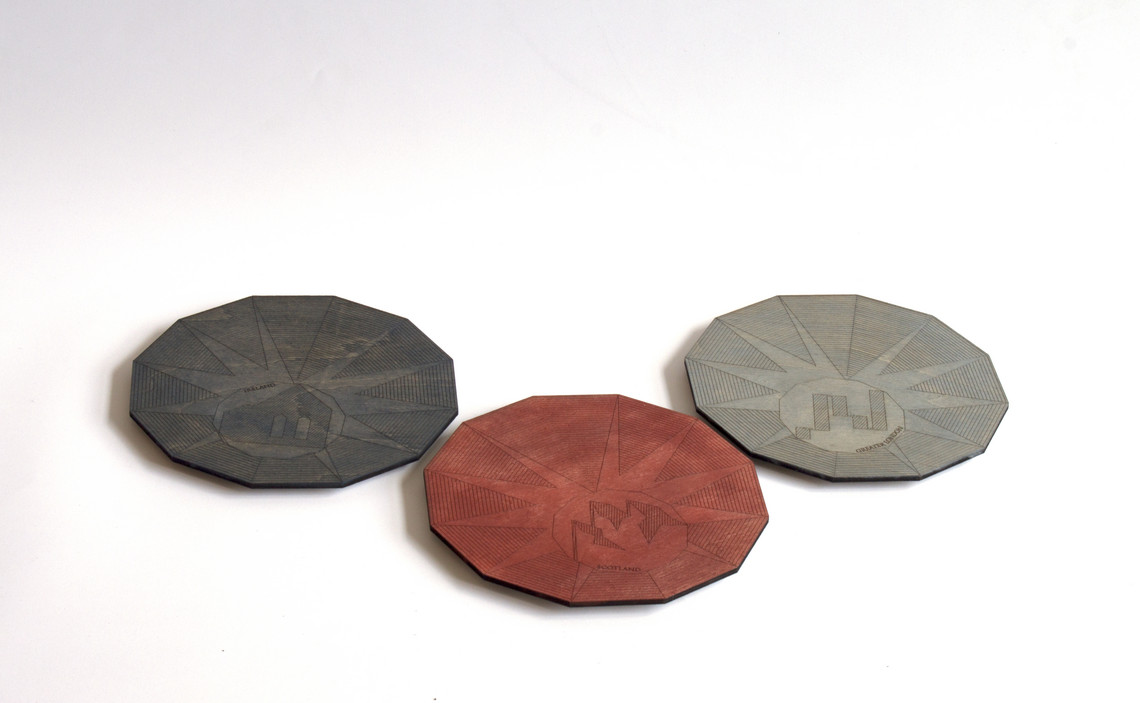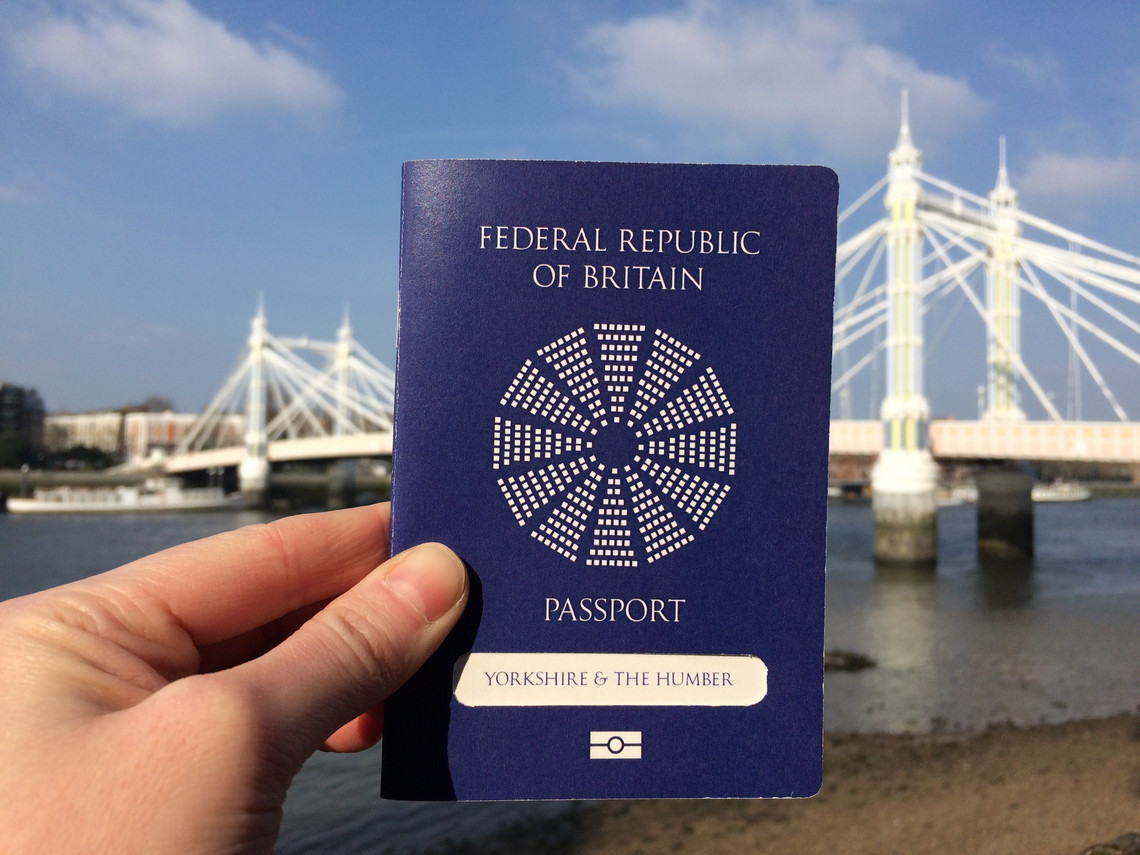
Nextminster
Could federalism be the shift required to save the Union? What if, rather than reinforcing the hegemony enjoyed by the English at Westminster, powers repatriated from Brussels were redistributed more locally? Against the backdrop of an ongoing constitutional stand off between Westminster and Holyrood, Nextminster envisages a radical restructuring which fragments England along existing administrative boundaries, to produce, along with Scotland, Wales and a reunified Ireland, twelve region states, each closer to one another in population. If centralisation = elitism, then decentralisation = populism.
Nextminster connects the different social, spatial and cultural layers of the city in attempt to give form to the relation between citizen and government. The EU referendum result prompts us to reflect on our own self-image as British citizens and as Europeans, and as such old imperial spaces of the city take on a new role in building a narrative around citizenship means today. Three layers of pre-existing network emerge - the old industrial canals, the disused railway arches and finally a digital platform which takes the form of a smartphone app.
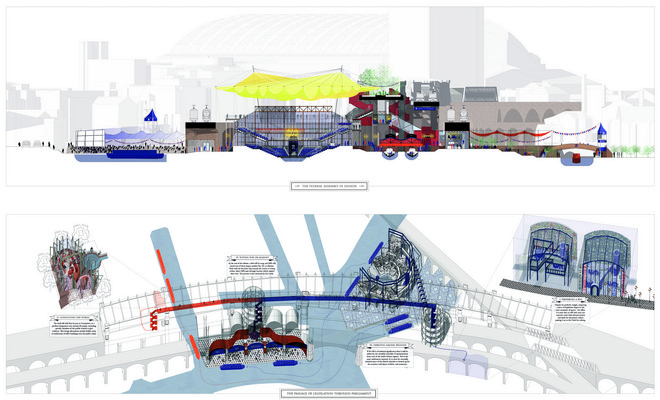
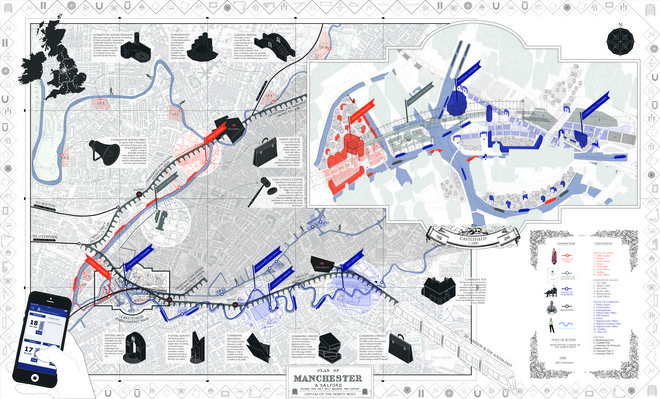
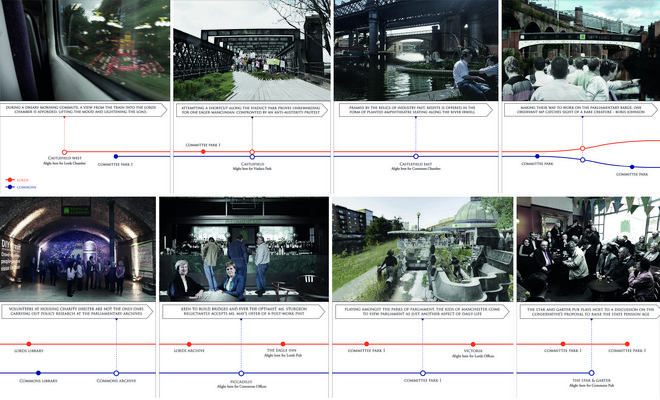
In light of the expanded role of parliament necessitated by Brexit, the project fragments the institution of parliament, in both physical and experiential terms. The proposal is an experiment for the city, taking the form of a network of symbolic spaces. Some, like office and ministry spaces, should be absorbed by the city, whilst some, like debating chambers, should stand out as emblematic spaces. Therefore, an architectural language flexible enough to appear both mundane and symbolic is proposed.
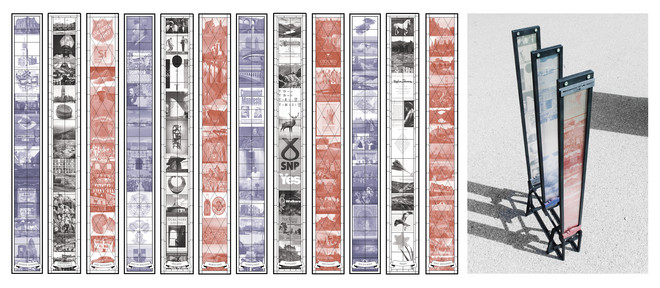
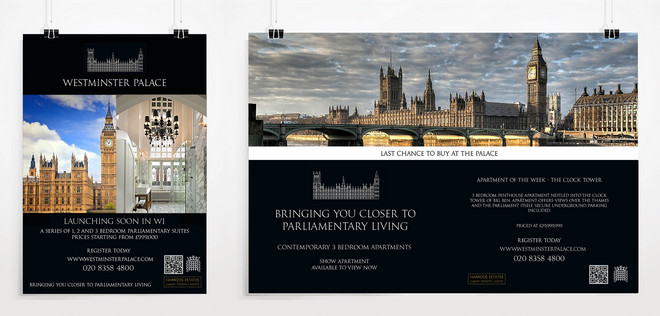
Nextminster programme booklet
The Royal Danish Academy supports the Sustainable Development Goals
Since 2017 the Royal Danish Academy has worked with the Sustainable Development Goals. This is reflected in our research, our teaching and in our students’ projects. This project relates to the following UN goal(-s)